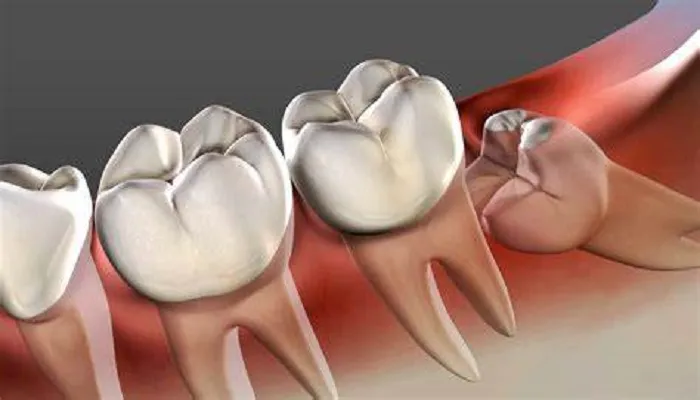Wisdom teeth removal is a common dental procedure. Many people experience discomfort after the extraction. The intensity and duration of pain can vary. Some people feel mild discomfort, while others experience more severe pain.
This article will explain how long the pain lasts after wisdom teeth removal. It will also provide tips for managing discomfort and promoting healing.
Understanding Pain After Wisdom Teeth Removal
Why Does Pain Occur?
Wisdom teeth are located at the back of the mouth. Removing them requires making incisions in the gums. Sometimes, the dentist may need to remove bone to extract the teeth. These factors cause pain, swelling, and tenderness.
Types of Pain After Removal
Pain after wisdom teeth removal can be:
-
Mild discomfort – Some people feel only slight soreness.
-
Throbbing pain – This is common in the first few days.
-
Sharp pain – This can happen if there is nerve irritation.
-
Radiating pain – The pain may spread to the jaw, ear, or neck.
How Long Does Pain Last After Wisdom Teeth Removal?
First 24 Hours: The Initial Discomfort
The most intense pain occurs during the first 24 hours. The gums are swollen, and the extraction site is sensitive. Bleeding may also occur during this period.
Days 2–3: Peak Pain and Swelling
Pain usually peaks within the first two to three days. Swelling also reaches its highest point. Some people may feel throbbing pain or tightness in their jaw.
Days 4–7: Gradual Improvement
By the fourth day, pain levels begin to decrease. Swelling starts to subside. Some soreness may remain, but it is less intense.
Week 2: Mild Discomfort
Most people experience only mild discomfort by the second week. Some sensitivity may still be present. The extraction site is still healing, but major pain is gone.
Weeks 3–4: Almost Healed
Pain is usually minimal or completely gone by the third or fourth week. However, full healing can take several months.
Factors That Affect Pain Duration
Complexity of the Extraction
- Simple extractions heal faster.
- Impacted teeth require more surgery, leading to longer pain.
Individual Pain Tolerance
-
Some people have a higher pain tolerance than others.
Presence of Dry Socket
- If the blood clot at the extraction site is lost, pain may last longer.
- This condition requires additional treatment.
Infection Risk
- Infections can prolong pain and delay healing.
- Proper oral hygiene reduces this risk.
Following Aftercare Instructions
- Following the dentist’s advice helps speed up recovery.
- Ignoring instructions may cause complications.
How to Manage Pain After Wisdom Teeth Removal
Use of Pain Medication
- Over-the-counter pain relievers help with mild pain.
- Prescription medications may be needed for severe pain.
Cold Compress for Swelling
- Applying an ice pack reduces swelling and discomfort.
- Use it for 15 minutes at a time during the first 24 hours.
Soft Diet for Comfort
- Eating soft foods prevents irritation.
- Avoid hard, spicy, or hot foods.
Proper Oral Hygiene
- Rinse gently with warm salt water after 24 hours.
- Avoid brushing directly on the extraction site.
Avoiding Straws and Smoking
- Sucking actions can dislodge the blood clot.
- This increases the risk of dry socket.
When to See a Dentist?
Signs of Complications
- Severe pain that does not improve
- Persistent bleeding after 24 hours
- Swelling that worsens instead of improving
- Foul odor or bad taste in the mouth
- Fever or chills
If any of these symptoms appear, seek professional care immediately.
Conclusion
Pain after wisdom teeth removal is normal. It is usually most intense in the first three days. By the second week, most people feel much better. Proper aftercare helps reduce pain and speeds up healing. If pain persists or worsens, consult a dentist for further evaluation.

